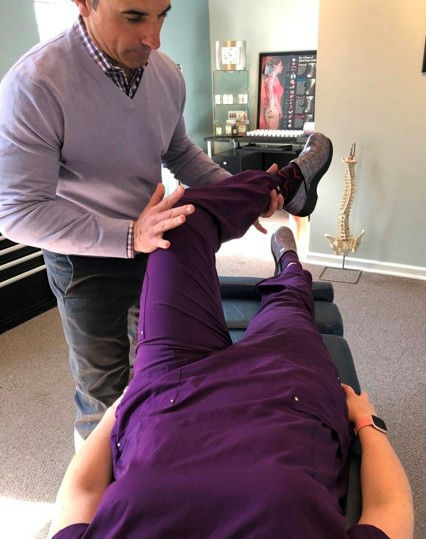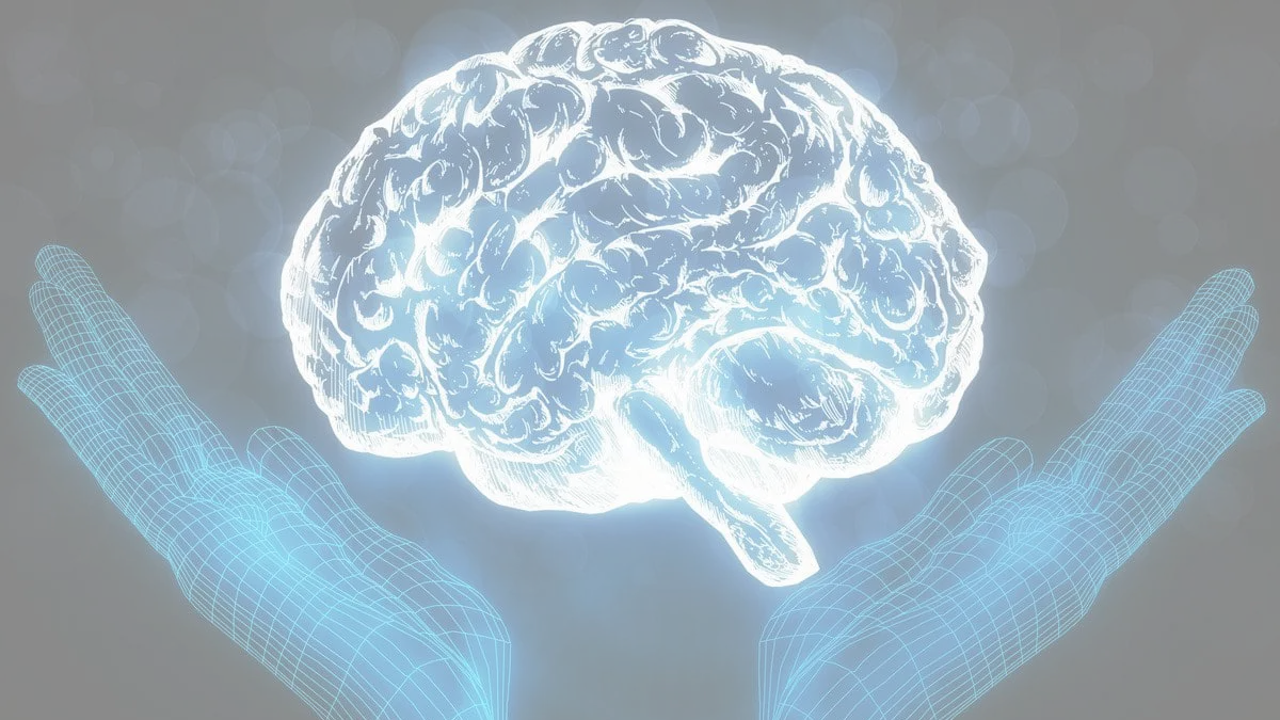If chronic migraines keep hijacking your days, you are not alone. Let me walk you through a simple plan using one running example. Meet Maya, a designer who lost two or three days every week to pounding head pain. She wanted a natural approach to cut migraine days without piling on more meds. That is how she tried spinal manipulation for migraines with a licensed provider, and tracked what changed.
What spinal manipulation is, in plain English
Spinal manipulation therapy for migraines is a hands-on technique where an osteopath or chiropractor uses quick, controlled thrusts or gentle mobilization to improve motion in the spine, especially the neck. The goal is to ease joint restriction and muscular tension in the cervical spine. Think of it like freeing a stuck zipper so the fabric can relax again.
Keyword clusters to know and watch for during your search include spinal manipulation for migraines, osteopathic manipulative treatment, chiropractic care for headaches, cervical spine tension, and natural migraine pain relief.
How it may reduce migraine days and pain
Research suggests manipulative therapy can lower migraine frequency, decrease pain intensity, reduce disability, and even cut medication use compared with conventional care or sham therapy. Why might that happen
- It may calm pain pathways in the brain and spinal cord. This includes the trigeminal system that helps drive migraine attacks.
- It can reduce neck and shoulder tension that feeds headaches, especially when stiffness or posture is a trigger.
- Some early evidence points to a drop in pro-inflammatory chemicals, which could make attacks less reactive.
For Maya, the first change was fewer neck-triggered flares by the end of week two. Her pain intensity dipped from a 7 to a 4 on average, which meant fewer days in a dark room and more normal life.
What to expect and when you might feel relief
Results vary. Some people notice improvements after one or two sessions. Others need several weeks. A common starter plan is one to two visits per week at first, then tapering to maintenance if you respond. You should also expect your provider to assess your posture, range of motion, and migraine history to tailor care, not offer a one-size-fits-all adjustment.
Normal reactions can include mild soreness for a day, similar to how you feel after trying a new workout. If you ever notice unusual symptoms like numbness, severe dizziness, or a sudden change in headache pattern, call your provider right away.
Is spinal manipulation right for you
Good candidates often have migraines that flare with neck movement, long desk hours, or tension across the shoulders. If you have a known vascular condition, recent trauma, osteoporosis, or other medical complexities, get cleared by your primary clinician first. The safest path is care from a licensed osteopath or chiropractor who has experience with chiropractic care for headaches and osteopathic manipulative treatment.
Quick tip for choosing a provider. Ask how they screen for red flags, whether they blend manipulation with soft tissue work and exercise, and how they measure progress, for example migraine days per month and medication use.
How to pair treatment with simple habits
Spinal manipulation is not magic, but it can be a powerful lever when paired with lifestyle routines. Here is what helped Maya lock in her gains
- Posture snack every hour. Stand, chin gently tucked, shoulder blades back, 30 seconds.
- Neck mobility drills. Slow chin turns and nods, 1 to 2 minutes, two times a day.
- Trigger tracking. A simple log of sleep, stress, and screen time to spot patterns.
- Hydration and consistent meals to steady blood sugar and reduce triggers.
Common questions, answered
Will manipulation replace my meds
Not usually. The goal is better control so you may need less medication over time. Always work with your prescriber.
How long do results last
Many people maintain results with periodic tune ups plus home exercises. Your plan depends on your triggers and response.
Is it safe
Adverse events are uncommon when performed by trained clinicians. Share your full medical history so they can tailor care.
Learning more
If you like structured guidance, look for courses on cervicogenic headaches and integrative migraine care. Topics often include diagnosis, hands-on methods, and self-care tools you can use between visits.
Quick reference summary
Spinal manipulation for migraines
- What it is: Hands-on technique to improve neck and spine motion and reduce tension.
- Why it helps: Calms pain pathways, eases cervical spine tension, may lower inflammation.
- Evidence trend: Studies show fewer migraine days, less pain, reduced disability, and lower medication use in some patients.
- Timeline: Some feel better after 1 to 2 sessions, others need several weeks.
- Best for: Migraines linked to neck stiffness or posture. Get medical clearance if you have complex conditions.
- Provider checklist: Licensed osteopath or chiropractor, screening for red flags, progress tracking, blended techniques.
- Pair with: Posture breaks, gentle neck mobility, hydration, trigger tracking.
- Reminder: Use this alongside your clinician’s plan, not as a standalone cure.








